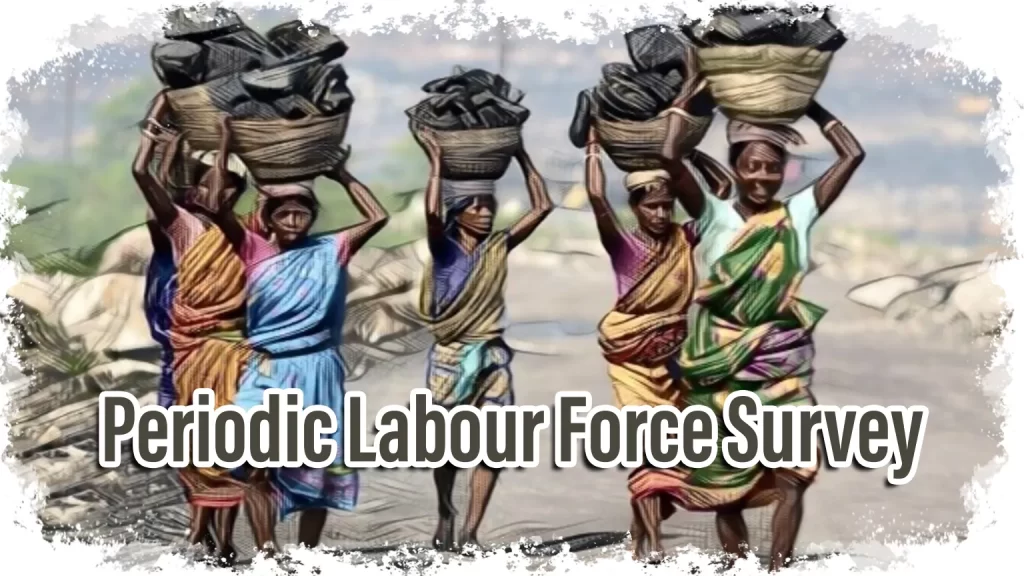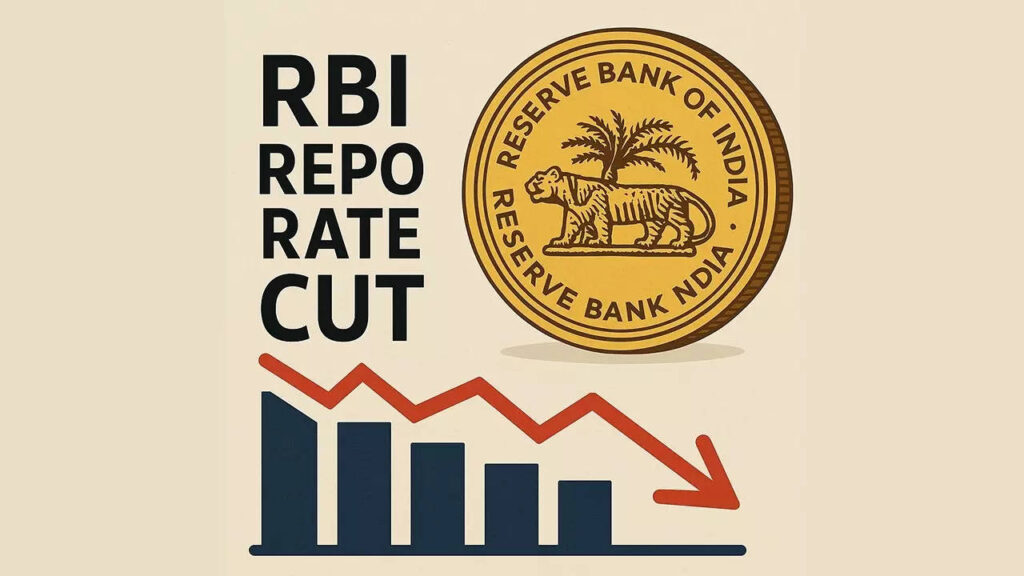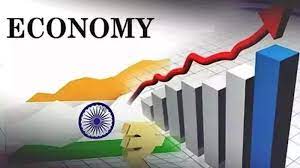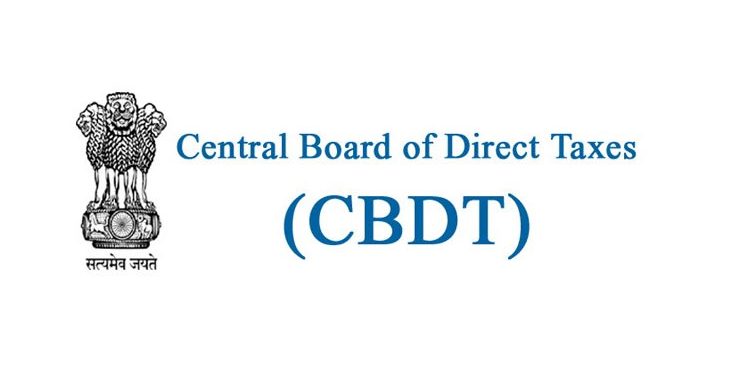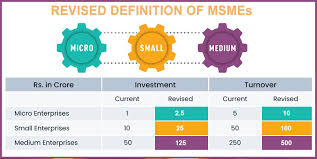Finance Ministry Pushes for Farm Loans against E-NWRs
Finance availed through e-NWR issued by NeRL is expected to increase 33 per cent to ₹4,000 crore this fiscal from ₹3,000 crore last fiscal National e-Repository expects the Government move to allocate ₹1,000 crore towards Credit Guarantee Scheme for e-NWR (electronic-Negotiable Warehouse Receipts) based Pledge Financing to be a game changer in adoption of warehouse […]



